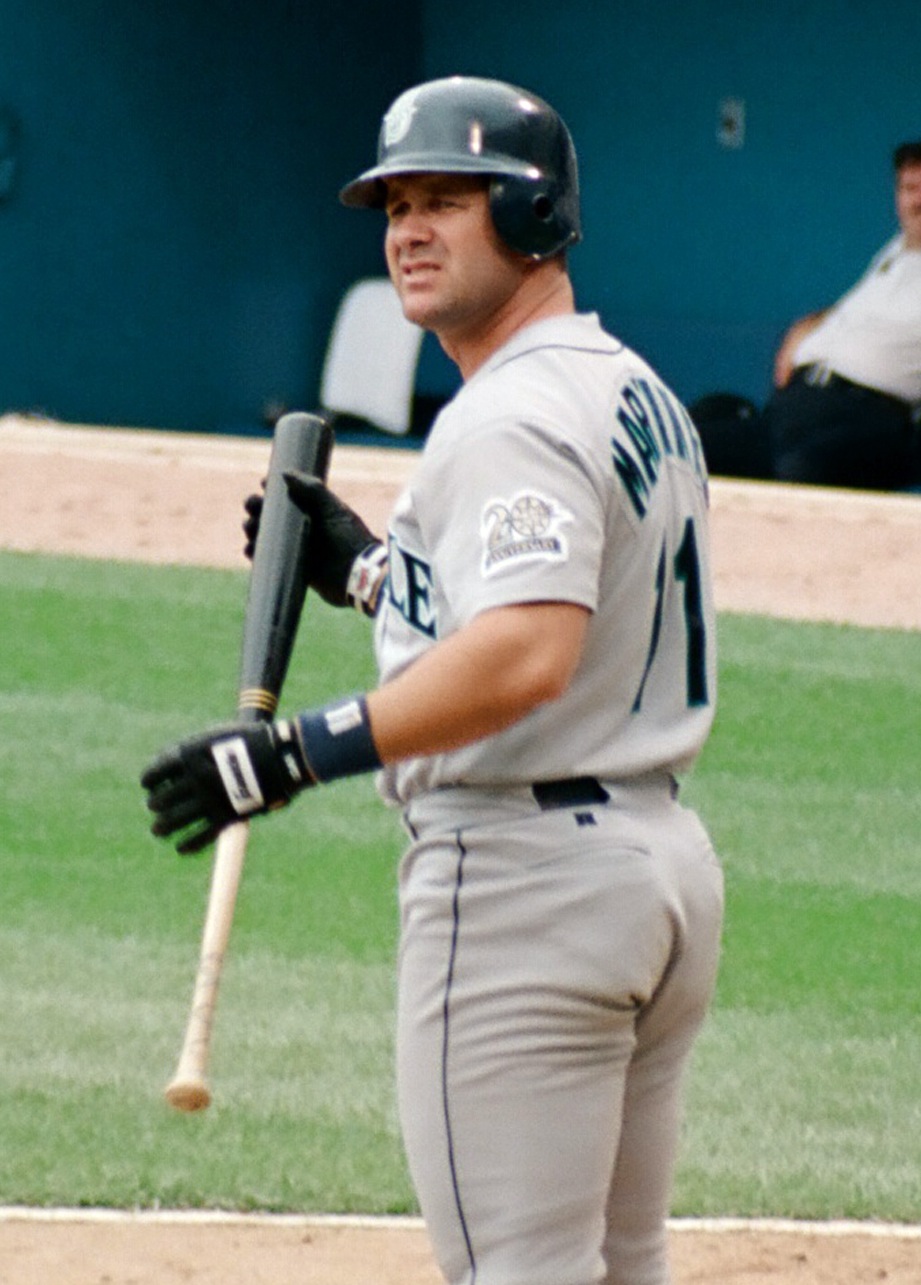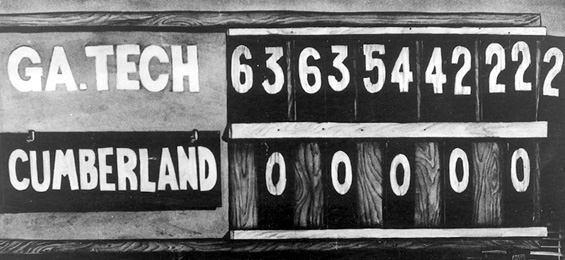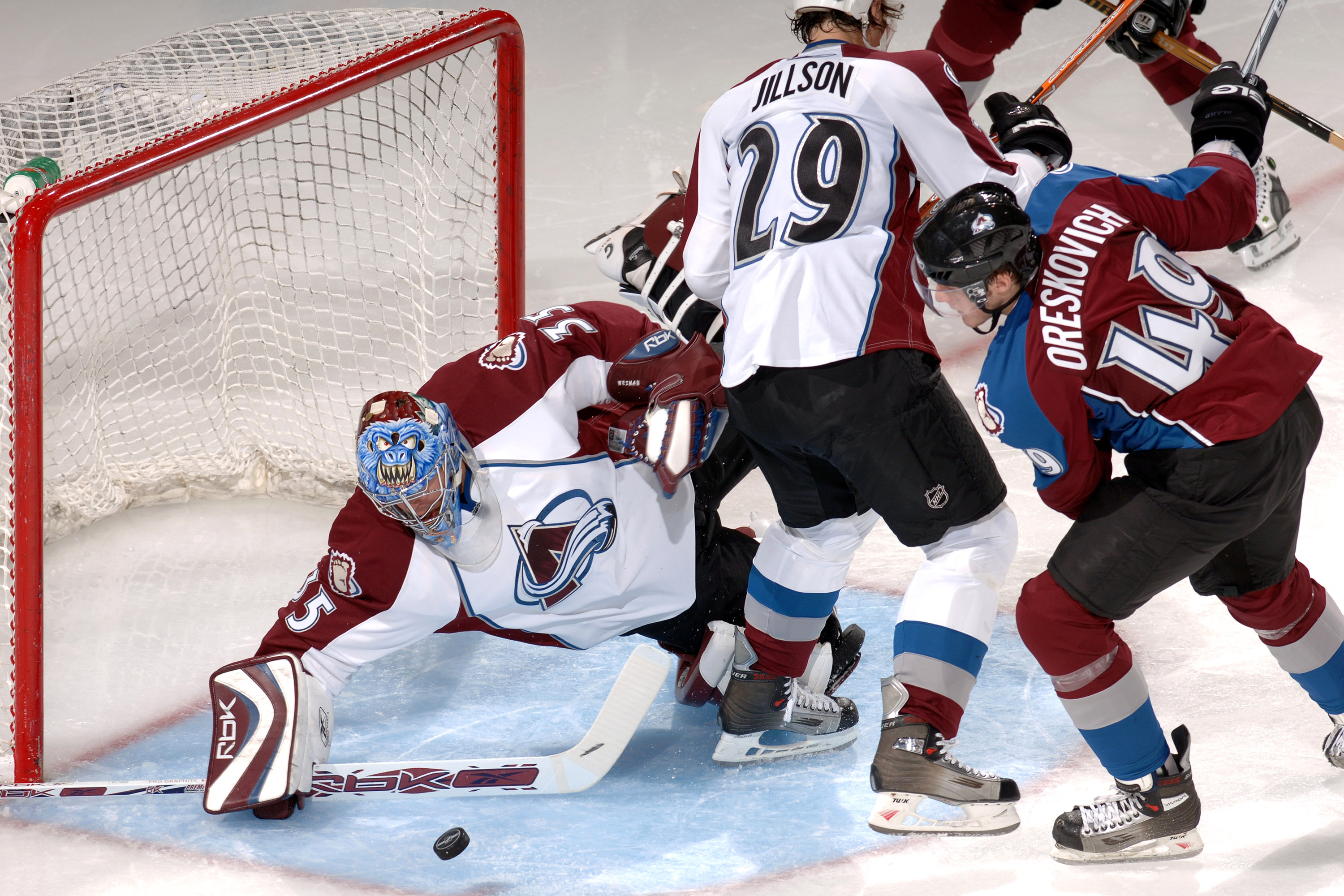|
Position Player
In baseball, a position player is a player who on defense plays as an infielder, outfielder, or catcher. A pitcher is generally not considered a position player. A designated hitter, who bats but does not play any defensive position, is also not considered a position player. Position players are eligible to pitch, and a manager will use a position player as a relief pitcher on some occasions. This typically happens if a game is a blowout, if no other pitchers are available, or if the game has gone well into extra innings. In other sports In ice hockey, "position player" refers to all non-goaltender In ice hockey, the goaltender (commonly referred to as goalie or netminder) is the player responsible for preventing the hockey puck from entering their own team's net, thus preventing the opposing team from scoring. The goaltender mostly plays ... players ( forwards and defencemen), although "skater" is the more common term. References Baseball positions Ice hockey pos ... [...More Info...] [...Related Items...] OR: [Wikipedia] [Google] [Baidu] |
Baseball
Baseball is a bat-and-ball games, bat-and-ball sport played between two team sport, teams of nine players each, taking turns batting (baseball), batting and Fielding (baseball), fielding. The game occurs over the course of several Pitch (baseball), plays, with each play beginning when a player on the fielding team (baseball), fielding team, called the pitcher, throws a Baseball (ball), ball that a player on the batting team (baseball), batting team, called the Batter (baseball), batter, tries to hit with a baseball bat, bat. The objective of the offensive team (batting team) is to hit the ball into the field of play, away from the other team's players, allowing its players to run the Base (baseball), bases, having them advance counter-clockwise around four bases to score what are called "Run (baseball), runs". The objective of the defensive team (referred to as the fielding team) is to prevent batters from becoming Base running, runners, and to prevent runners base running ... [...More Info...] [...Related Items...] OR: [Wikipedia] [Google] [Baidu] |
Infielder
An infielder is a baseball player stationed at one of four defensive "infield" positions on the baseball field, between first base and third base. Standard arrangement of positions In a game of baseball, two teams of nine players take turns playing offensive and defensive roles. Although there are many rules to baseball, in general the team playing offense tries to score runs by batting balls into the field that enable runners to make a complete circuit of the four bases. The team playing in the field tries to prevent runs by catching the ball before it hits the ground, by tagging runners with the ball while they are not touching a base, or by throwing the ball to first base before the batter who hit the ball can run from home plate to first base. There are nine defensive positions on a baseball field. The part of the baseball field closest to the batter (shown in the diagram as light brown) is known as the "infield" (as opposed to the "outfield", the part of the field furthest ... [...More Info...] [...Related Items...] OR: [Wikipedia] [Google] [Baidu] |
Outfielder
An outfielder is a person playing in one of the three defensive positions in baseball or softball, farthest from the batter. These defenders are the left fielder, the center fielder, and the right fielder. As an outfielder, their duty is to catch Batted ball, fly balls and ground balls then to return them to the infield for the out or before the runner advances, if there are any runners on the Baseball, bases. Outfielders normally play behind the six Baseball positions, defensive players located in the infield: the pitcher, catcher, first baseman, second baseman, third baseman, and shortstop. The left fielder and right fielder are named based on their positions relative to the center fielder when looking out from home plate, with the left fielder positioned to the left of the center fielder and the right fielder positioned to the right. By convention, each of the nine defensive positions in baseball are numbered. The outfield positions are 7 (left fielder), 8 (center fielder) and ... [...More Info...] [...Related Items...] OR: [Wikipedia] [Google] [Baidu] |
Catcher
Catcher is a position in baseball and softball. When a batter takes their turn to hit, the catcher crouches behind home plate, in front of the (home) umpire, and receives the ball from the pitcher. In addition to this primary duty, the catcher is also called upon to master many other skills in order to field the position well. The role of the catcher is similar to that of the wicket-keeper in cricket. Positioned behind home plate and facing toward the outfield, the catcher can see the whole field, and is therefore in the best position to direct and lead the other players in a defensive play. The catcher typically calls for pitches using PitchCom, or hand signals. The calls are based on the pitcher's mechanics and strengths, as well as the batter's tendencies and weaknesses. Essentially, the catcher controls what happens during the game when the ball is not "in play". Foul tips, bouncing balls in the dirt, and contact with runners during plays at the plate are all events ... [...More Info...] [...Related Items...] OR: [Wikipedia] [Google] [Baidu] |
Pitcher
In baseball, the pitcher is the player who throws ("Pitch (baseball), pitches") the Baseball (ball), baseball from the pitcher's mound toward the catcher to begin each play, with the goal of out (baseball), retiring a batter (baseball), batter, who attempts to either make contact with the pitched ball or draw a base on balls, walk. In the numbering system used to record defensive plays, the pitcher is assigned the number 1. The pitcher is often considered the most important player on the defensive side of the game, and as such is situated at the right end of the defensive spectrum. There are many different types of pitchers, such as the starting pitcher, relief pitcher, middle reliever, left-handed specialist, lefty specialist, setup man, and the closing pitcher, closer. Traditionally, the pitcher also bats. Starting in 1973 with the American League and spreading to further leagues throughout the 1980s and 1990s, the hitting duties of the pitcher have generally been given over t ... [...More Info...] [...Related Items...] OR: [Wikipedia] [Google] [Baidu] |
Designated Hitter
The designated hitter (DH) is a baseball player who bats in place of another position player, most commonly the pitcher. Unlike other players in a team's lineup, they generally only play as an offensive player and usually do not play defense as a Fielding (baseball), fielder or a pitcher during a game. Due to their specialized offensive-only role, the designated hitter is generally expected to produce above average offensive stats and production compared to other players who play defense. In Major League Baseball, the position is authorized by Rule 5.11 of the Official Baseball Rules. It was adopted by the American League in and by the National League (baseball), National League in , making it universal in MLB. Within that time frame, nearly all amateur baseball, amateur, college baseball, collegiate, and professional baseball, professional leagues worldwide have adopted the designated hitter or some variant, except for Nippon Professional Baseball's Central League. Major Leagu ... [...More Info...] [...Related Items...] OR: [Wikipedia] [Google] [Baidu] |
Relief Pitcher
In baseball and softball, a relief pitcher or reliever is a pitcher who pitches in the game after the starting pitcher or another relief pitcher has been removed from the game due to fatigue (medical), fatigue, injury, ineffectiveness, ejection (sports), ejection, high pitch count, or for other strategic reasons, such as inclement weather delays or pinch hitter substitutions. Relief pitchers are further divided informally into various roles, such as Closer (baseball), closers, setup men, middle relief pitchers, left-handed specialist, left/right-handed specialists, and long relievers. Whereas starting pitchers usually pitch count, throw so many pitches in a single game that they must rest several days before pitching in another, relief pitchers are expected to be more flexible and typically pitch in more games with a shorter time period between pitching appearances but with fewer innings pitched per appearance. A team's staff of relievers is normally referred to Metonymy, metonym ... [...More Info...] [...Related Items...] OR: [Wikipedia] [Google] [Baidu] |
Blowout (sports)
In sports, a blowout or rout is an easy or one-sided victory. It occurs when one athletic team or individual performer outscores another by a large margin or in such a fashion that the second team or individual has little chance of a victory. The term "blowout" is often used in reference to athletic competition, but it is used in other contexts such as electoral politics (see also the synonym landslide victory, ''landslide''). Ethics and sportsmanship During blowouts, some coaches and players are challenged by the ethics and sportsmanship of the event. Some believe it is not appropriate to give full effort when winning by a blowout margin or to "running up the score, run up the score". Others believe that in athletic competition one is supposed to give full effort at all times. Continuing to give full effort, and especially running up the score, can lead to the losing team becoming angry or upset. Yelling, fights and players being removed from the game often take place when a t ... [...More Info...] [...Related Items...] OR: [Wikipedia] [Google] [Baidu] |
Extra Innings
Extra innings is the extension of a baseball or softball game in order to break a tie. Ordinarily, a baseball game consists of nine regulation innings (in softball and high school baseball games there are typically seven innings; in Little League Baseball, six), each of which is divided into halves: the visiting team bats first, after which the home team takes its turn at bat. However, if the score remains tied at the end of the regulation number of complete innings, the rules provide that "play shall continue until # The visiting team has scored more total runs than the home team at the end of a completed inning, or # The home team scores the winning run in an uncompleted inning." (Since the home team bats second, condition (2) does not allow the visiting team to score more runs before the end of the inning, unless the game is called before the inning ends). The rules of the game, including the batting order, availability of substitute players and pitchers, etc., remain ... [...More Info...] [...Related Items...] OR: [Wikipedia] [Google] [Baidu] |
Ice Hockey
Ice hockey (or simply hockey in North America) is a team sport played on ice skates, usually on an Ice rink, ice skating rink with Ice hockey rink, lines and markings specific to the sport. It belongs to a family of sports called hockey. Two opposing teams use ice hockey sticks to control, advance, and Shot (ice hockey), shoot a vulcanized rubber hockey puck into the other team's net. Each Goal (ice hockey), goal is worth one point. The team with the highest score after an hour of playing time is declared the winner; ties are broken in Overtime (ice hockey), overtime or a Shootout (ice hockey), shootout. In a formal game, each team has six Ice skating, skaters on the ice at a time, barring any penalties, including a goaltender. It is a contact sport#Grades, full contact game and one of the more physically demanding team sports. The modern sport of ice hockey was developed in Canada, most notably in Montreal, where the first indoor ice hockey game, first indoor game was play ... [...More Info...] [...Related Items...] OR: [Wikipedia] [Google] [Baidu] |
Goaltender
In ice hockey, the goaltender (commonly referred to as goalie or netminder) is the player responsible for preventing the hockey puck from entering their own team's net, thus preventing the opposing team from scoring. The goaltender mostly plays in or near the area in front of the net, called the ''Ice hockey rink#Crease, goal crease'' (often referred to simply as '' the crease''). Goaltenders tend to stay at or beyond the top of the crease to cut down on the angle of shots. In the modern age of goaltending there are two common styles, butterfly and hybrid (hybrid is a mix of the traditional stand-up style and butterfly technique). Because of the power of shots, the goaltender wears special equipment to protect the body from direct impact. Goaltenders are one of the most important players on the ice, as their performance may greatly impact the outcome or score of the game. One-on-one situations, such as breakaways and shootouts, have the tendency to showcase a goaltender's pure sk ... [...More Info...] [...Related Items...] OR: [Wikipedia] [Google] [Baidu] |
Forward (ice Hockey)
In ice hockey, a forward is a player, and a position on the ice, whose primary responsibility is to score and assist goals. Generally, the forwards try to stay in three different lanes of the ice from goal to goal. It is not mandatory, however, to stay in a lane. Staying in a lane aids in forming the common offensive strategy known as a triangle. One forward obtains the puck and then the forwards pass it between themselves making the goalie move side to side. This strategy opens up the net for scoring opportunities. This strategy allows for a constant flow of the play, attempting to maintain the control of play by one team in the offensive zone. The forwards can pass to the defence players playing at the Blue line (ice hockey), blue line, thus freeing up the play and allowing either a shot from the point (blue line position where the defence stands) or a pass back to the offence. This then begins the triangle again. Forwards also shared defensive responsibilities on the ice with th ... [...More Info...] [...Related Items...] OR: [Wikipedia] [Google] [Baidu] |





